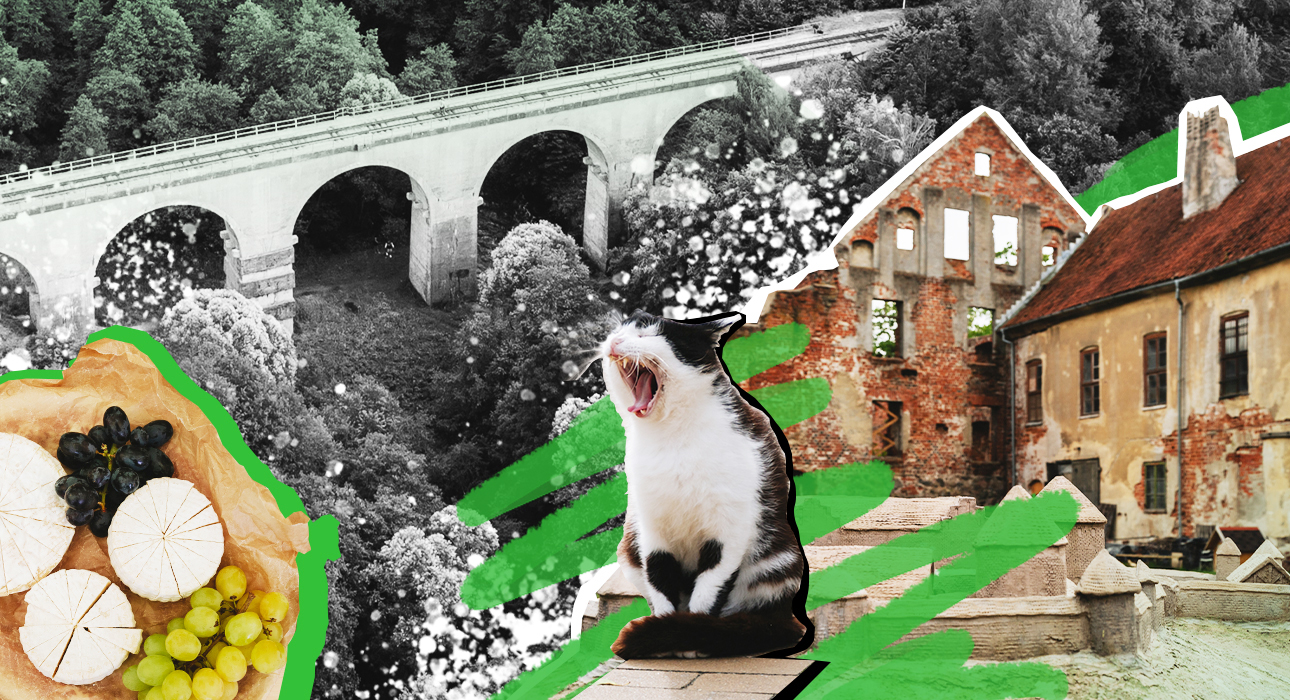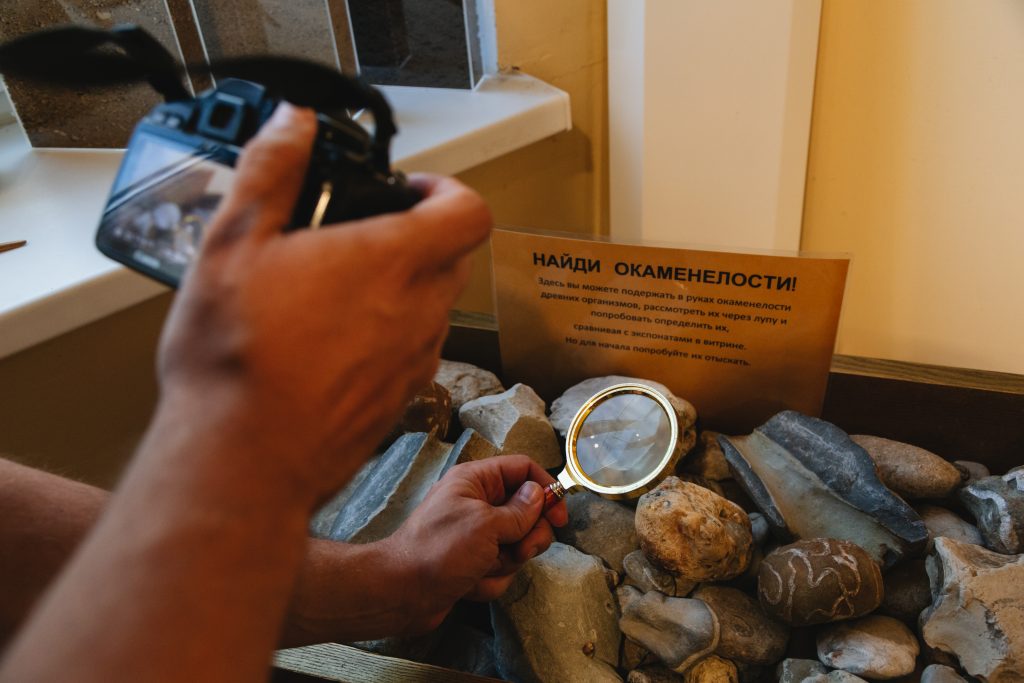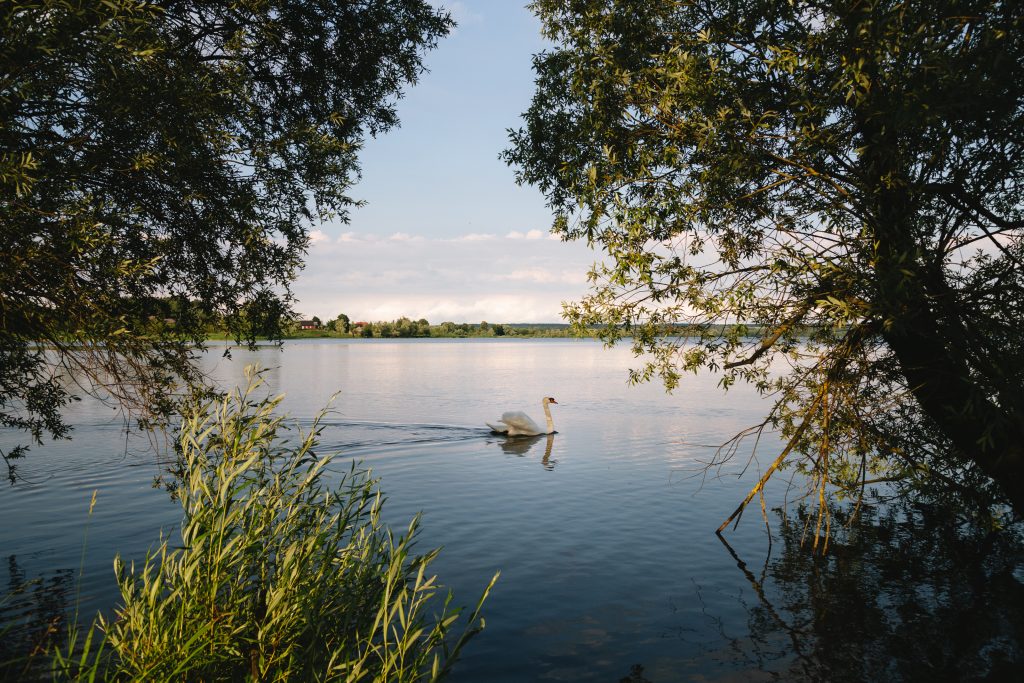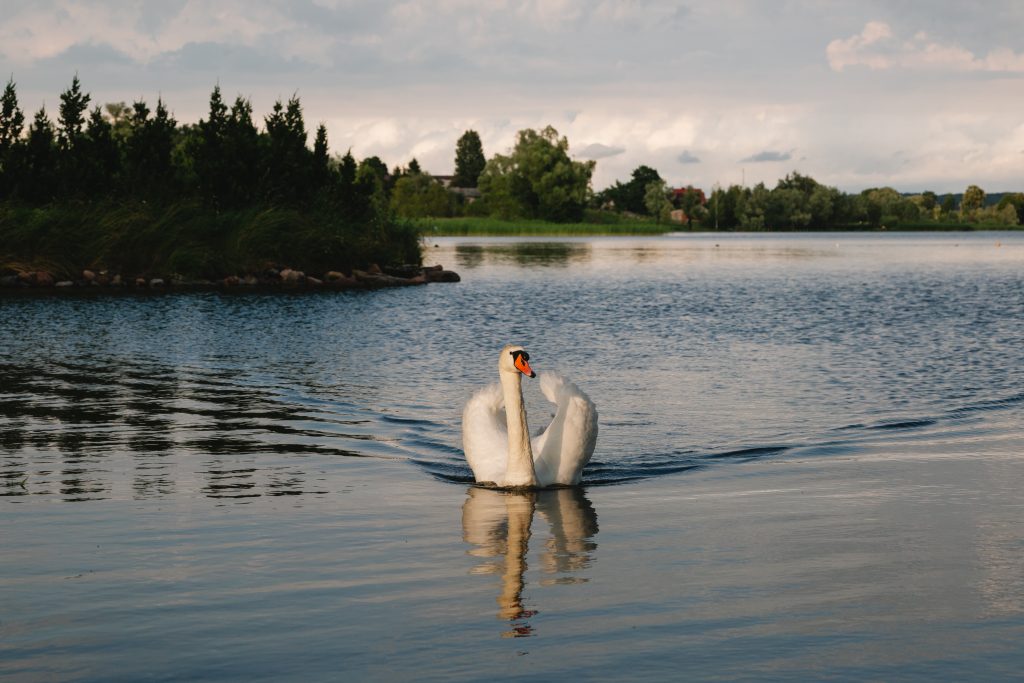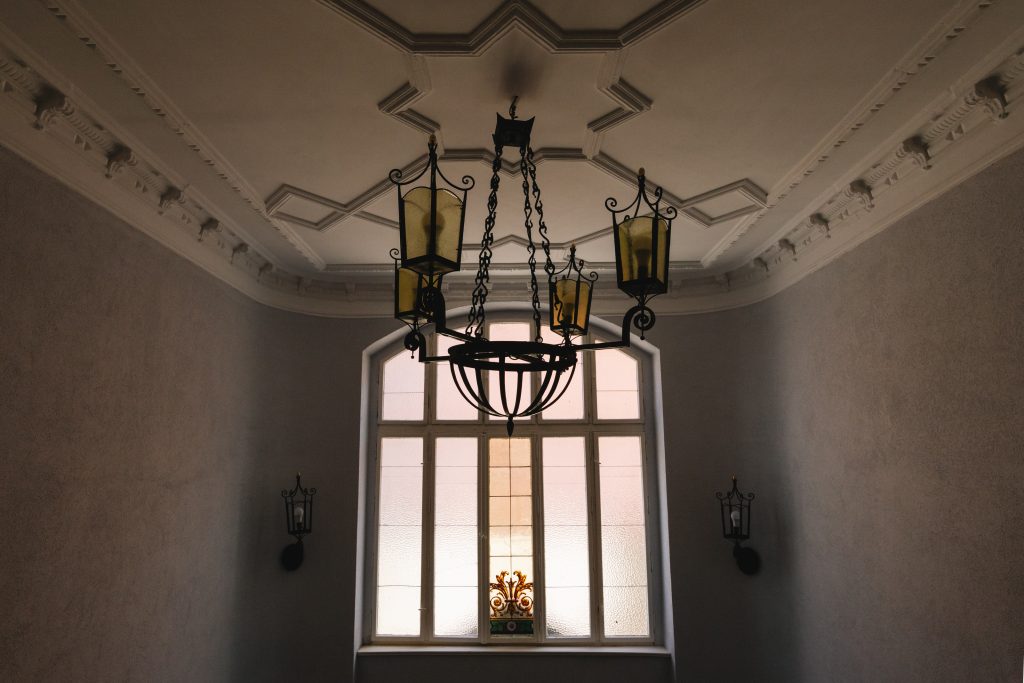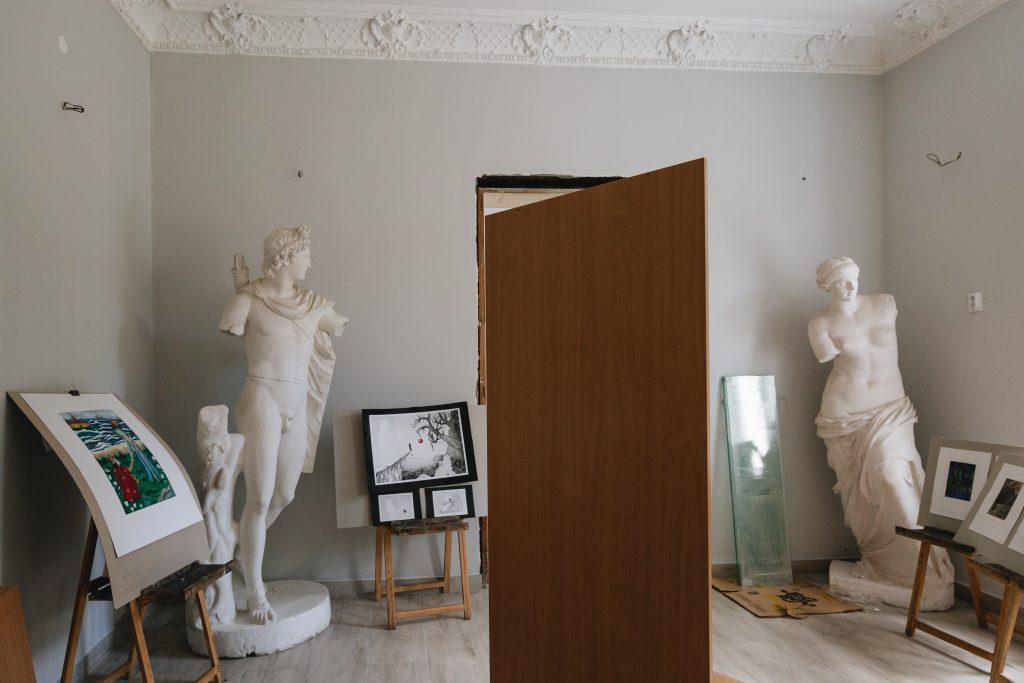The Kaliningrad region has become one of the most attractive tourist destinations in the past few years and immediately found its famous cities. Zelenogradsk has earned the title of the cat capital of Russia, and the city has even found the special and only position in the world as cat chef – a person who cares about fluffy ones. Svetlogorsk has become famous for its picturesque promenade, old German villas with bright orange tiles, and a retro funicular with a canary cabin. Kaliningrad itself has also become a must-see, thanks to the Cathedral on the Island of Kant, which has the largest organ in Russia, and the Khomlin family, magnificent creatures engaged in the art of amber.
Most often, tourists limit themselves to visiting the three most famous cities, but only true connoisseurs delve deep into the region. To fix this, Tutu.ru’s Media Intelligence set out to direct the The Fashion Vibes editorial staff in unknown directions and make us fall in love once and for all not only with the central part of the Kaliningrad region, but also with the eastern part. But before we start sharing our impressions, let’s answer the most common question – how to get to Kaliningrad now? Everything is the same, but slightly longer – 2 hours 27 minutes instead of the usual 1 hour 37 minutes by plane. The frequency of flights has not been reduced – for example, Ural Airlines departs from Moscow four times a day and St. It operates three direct flights from St. Petersburg. Additionally, there is the option to travel by train, but this requires a passport and good exposure as it will take around 18 hours to travel. And now about where to get acquainted with the gastronomy of the region, see the knight’s castles (or rather their ruins) and dive into the glacial lake.
“The Flavors of the Vishtynets Plateau” Project
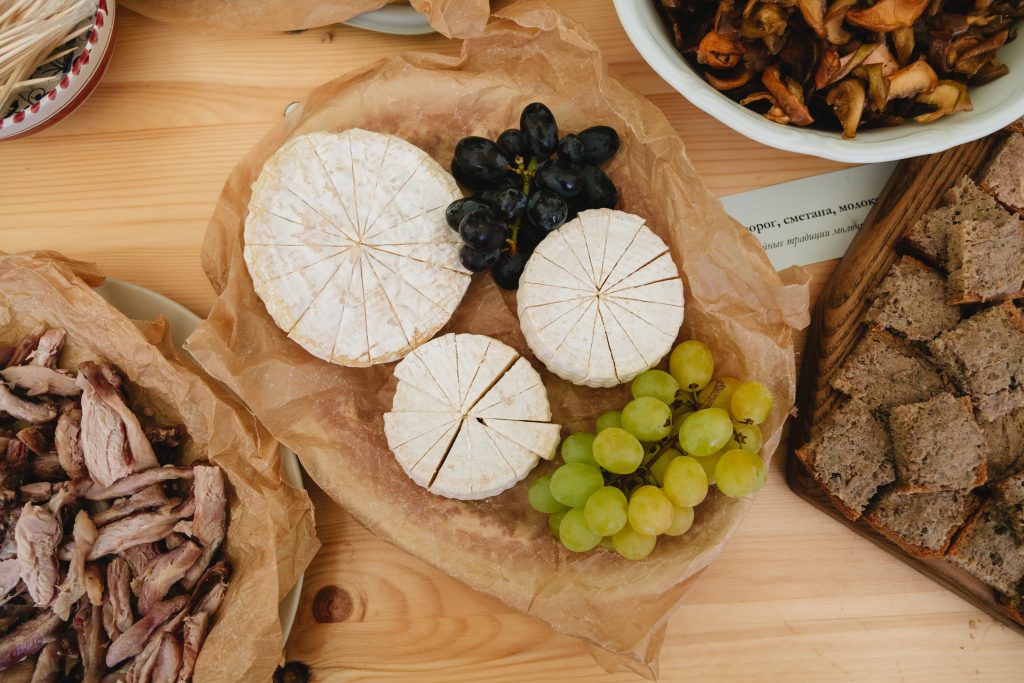

The first thing worth driving two hours from Kaliningrad towards the Lithuanian border is the Tastes of the Vishtynetskaya Plateau project.
Imagine a kitchen workshop at the edge of a forest. Here, the local flora and fauna provide the inhabitants of Krasnolesye with all kinds of ingredients – berries, unusual herbs, mushrooms and fish. Chefs invited from Kaliningrad help them come up with new combinations and prepare dishes you won’t try anywhere else. For example, kulbyaki with white fish and quinoa, fried chanterelles with cabbage in a cream sauce, or ice cream made from applesauce, fresh blueberries, elderberry syrup and homemade cream.
The kitchen here becomes a reflection of the natural features of the spaces. And local farmers are testament to this – each treats guests with their own specialty – elderflower jam, catnip tea, quail eggs or onion pie, which English lords like to eat beer.

Only a few times a year master classes are held here, so that the rich land remains like that, but tourists can still get acquainted with the gastronomy of the east of the Kaliningrad region.
Vishtynets Lake and Ecological and Historical Museum
After a gastronomic acquaintance with the region, it’s time to learn more about this region from the lips of the Vishtynets Ecological and Historical Museum guide. It will tell you how the cleanest and deepest lake in the region was formed, what fish you can encounter in it, and it will allow you to keep ice Age fossils.
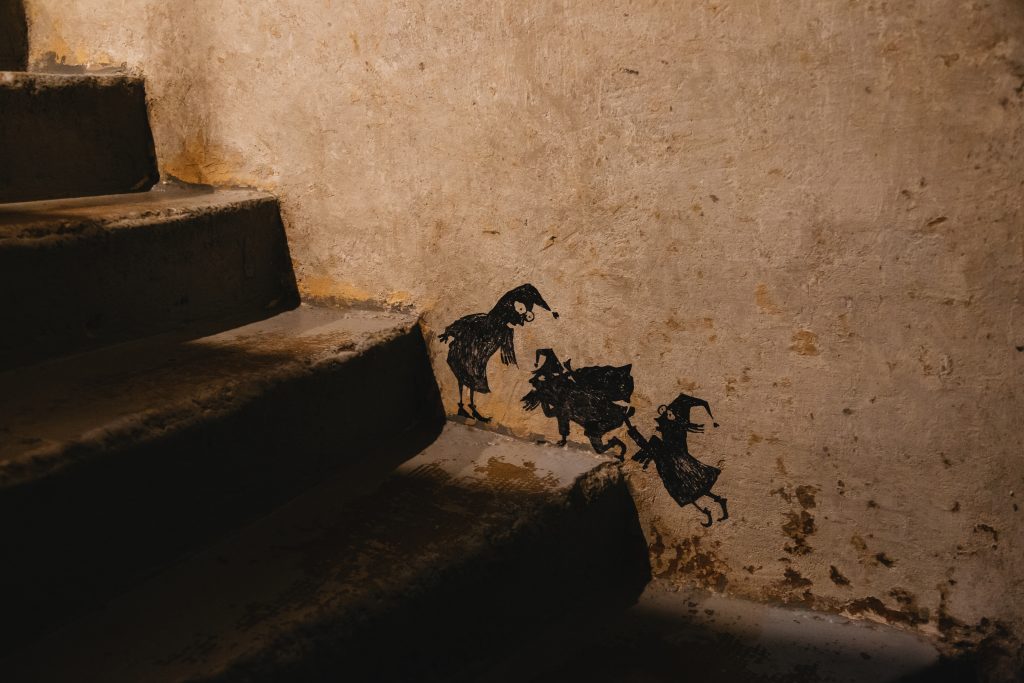
For travelers with children, it will be especially interesting to visit the museum, because dwarfs live in its basement, you can go with them to look for stones, and then determine their type under a microscope and with the delicate attention of a guide.
It would be a real crime not to look at the very glacial Vishtynetskoye Lake after the museum.
It is located on the border with Lithuania and buoys on the water divide it in half. Since 1975, the lake has been given the status of a natural monument, so swans, ducks and black storks roam from one country to another.
Chernyakhovsk and Eastenburg Castle

The next stop is a city once founded by the Teutonic Order Knights. In 1336, at the confluence of the Inster and Angerrapp rivers, the castle of Istenburg was founded, the beginning of the city of the same name.

On the green edge in front of the picturesque ruins of the castle, you can easily imagine a knight’s duel and feel the Middle Ages with your feet in a damp dungeon.
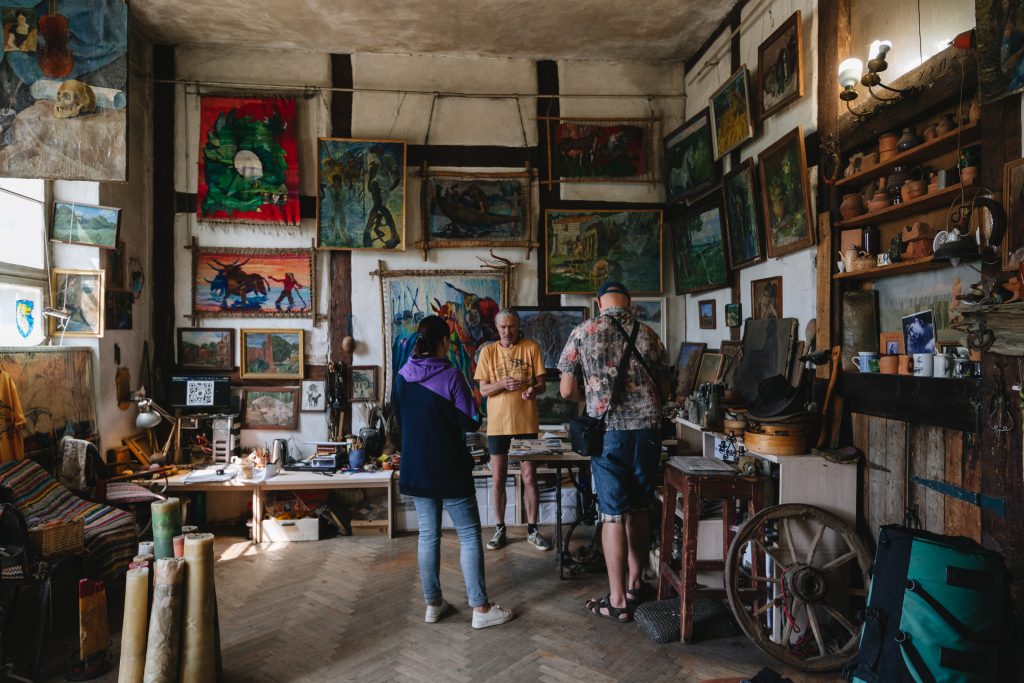
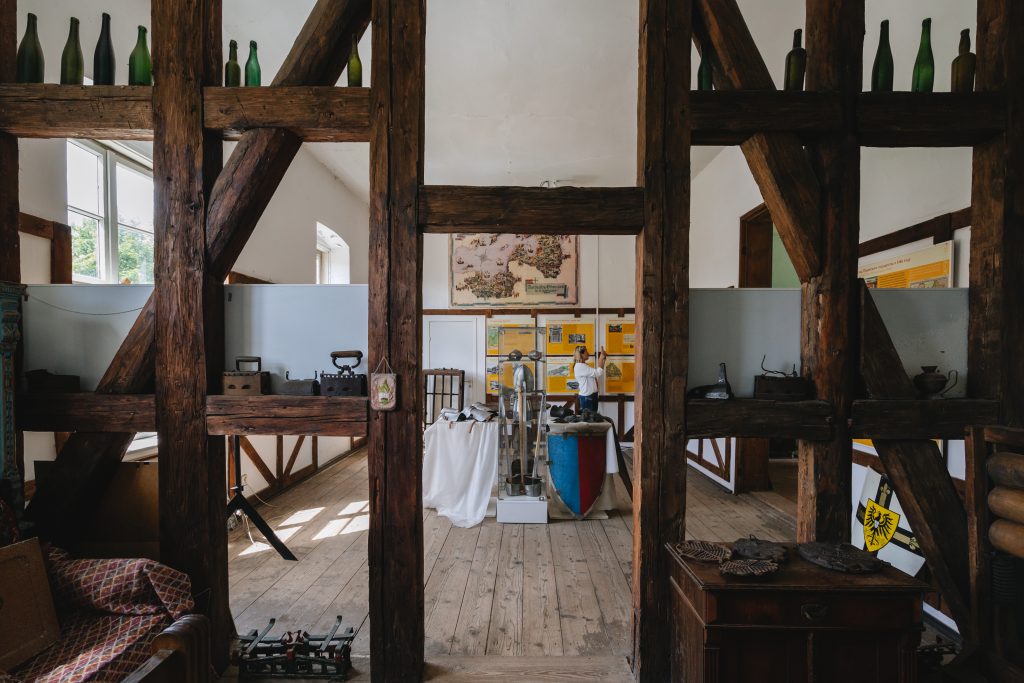
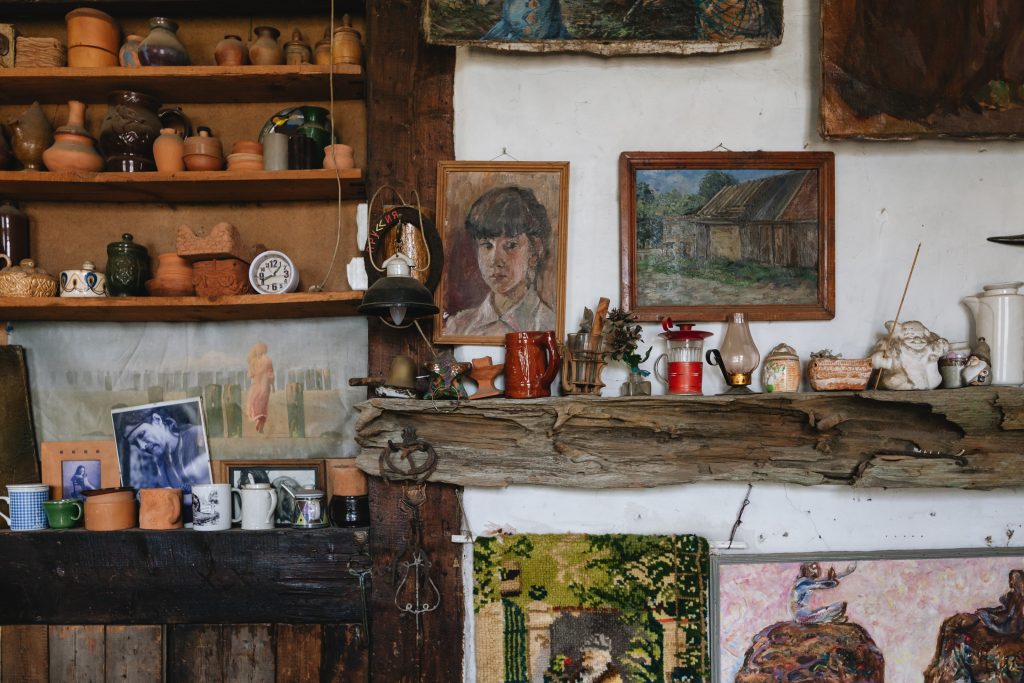
In the museum in the castle, you will learn how the castle was built, see knightly shields and armor, and even look (but only carefully) at the artist’s workshop.
If the desire to create directly depends on the place, it is understandable why the Children’s Art School in Chernyakhovsk is located in a modern mansion of the early 20th century.
There is a wooden balcony, carved door and flowered frieze on the exterior, and a staircase with metal railings, stained glass windows and plaster ceiling inside. The school now has exhibition halls and a museum of traditional Russian crafts so anyone can get in.
Friedland Church in Pravdinsk

In the Lutheran church of the small town of Pravdinsk, you can plunge into the atmosphere of tranquility and see the most beautiful blue domes. This is the second largest surviving church in the region after the cathedral in Kaliningrad.
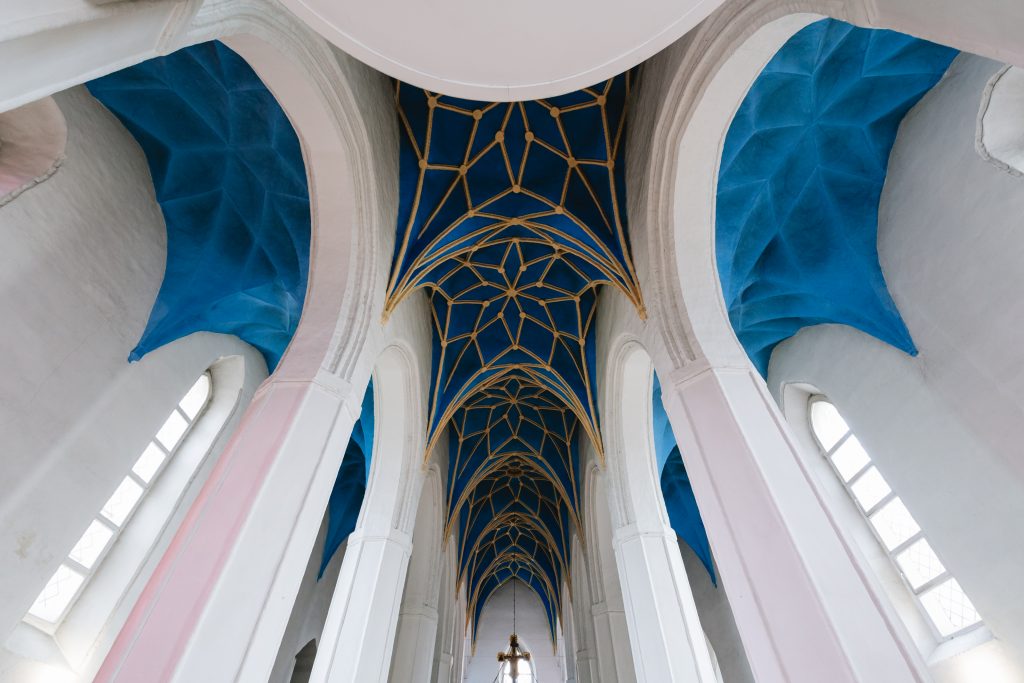

The tiled tower of the bell tower can be seen from all over the city, and from the observation deck you can see the Mill Pond and its surroundings.
To get to the upper floor, you have to cross a narrow wooden spiral staircase. The only advice we can give is to keep your head down and get into the character of a medieval parish priest so it’s more fun to climb.
Ornithological station “Fringilla” on the Curonian Spit

We are sure that no one leaves the Kaliningrad region without visiting the Curonian Spit, which cannot be said about the ornithological station – a real open-air scientific laboratory. On days of mass migration (!), up to two million birds a day can fly over the spit. For many birds, a narrow strip of land becomes a place for some rest and feeding. For this, the scythe is often called the “Bird Bridge”. The most common type of bird flying here is the finch (from the Latin “fringilla”). The name of the station came from him.
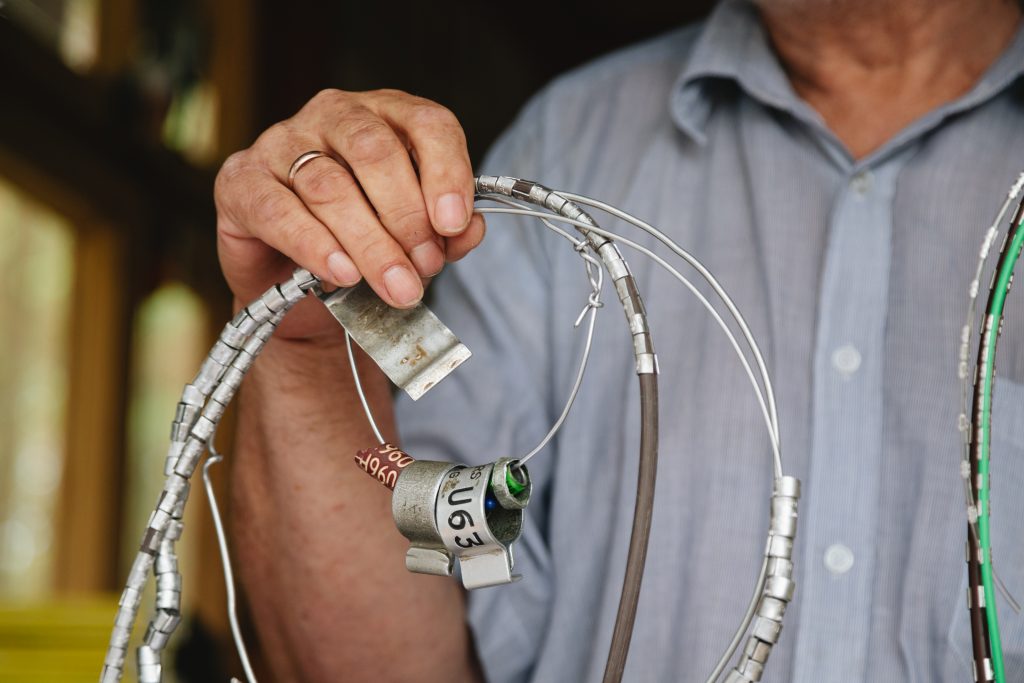

In the fall and spring, station workers set up large nets to catch, record, and steal birds. Second, it is necessary to understand the routes and timing of migration, resettlement, changes in numbers, causes of death and life expectancy. By the way, every visitor can watch the playing process here. An experienced ornithologist will do this in seconds without causing any harm to the bird.
Photo: Andrey Belavin
Source: People Talk

